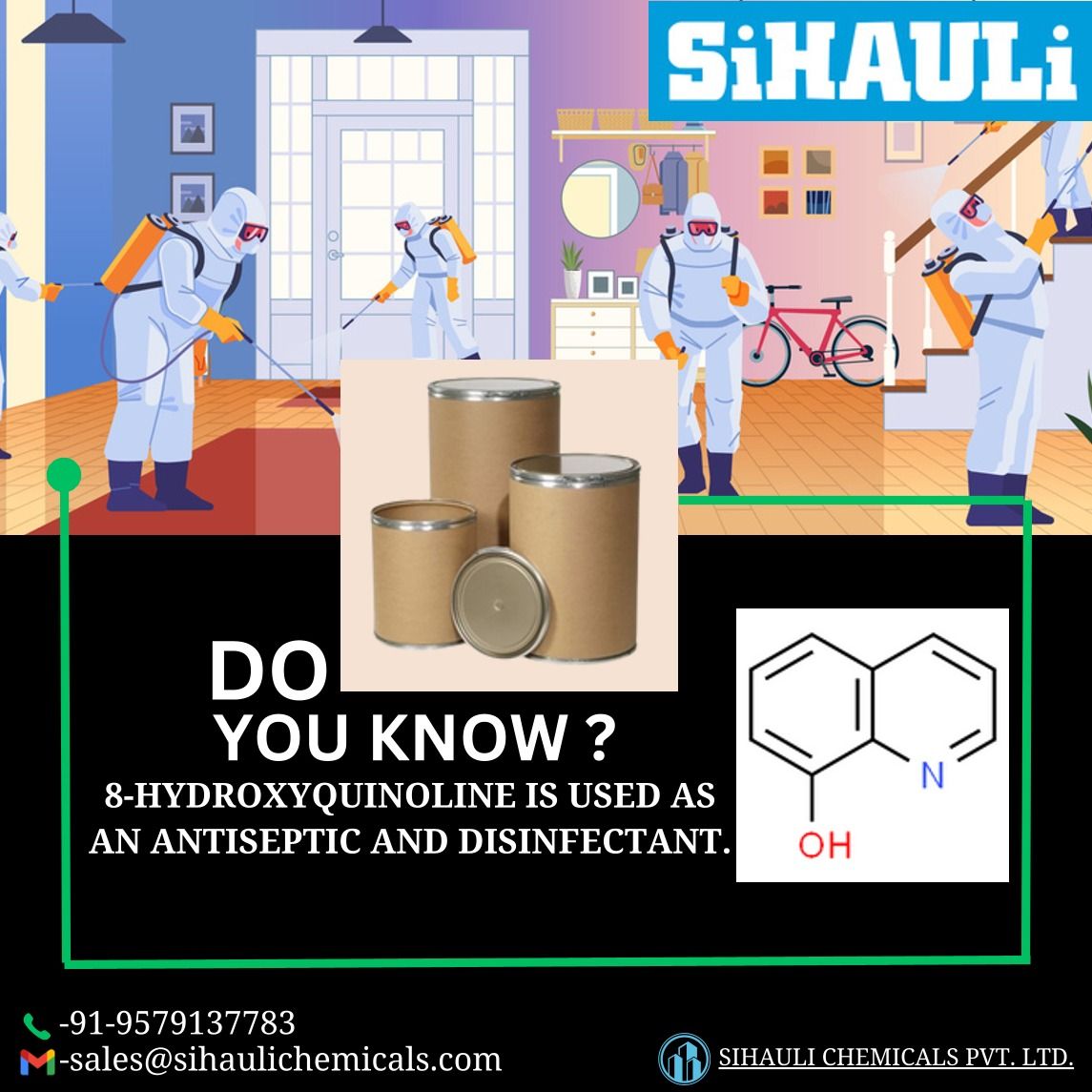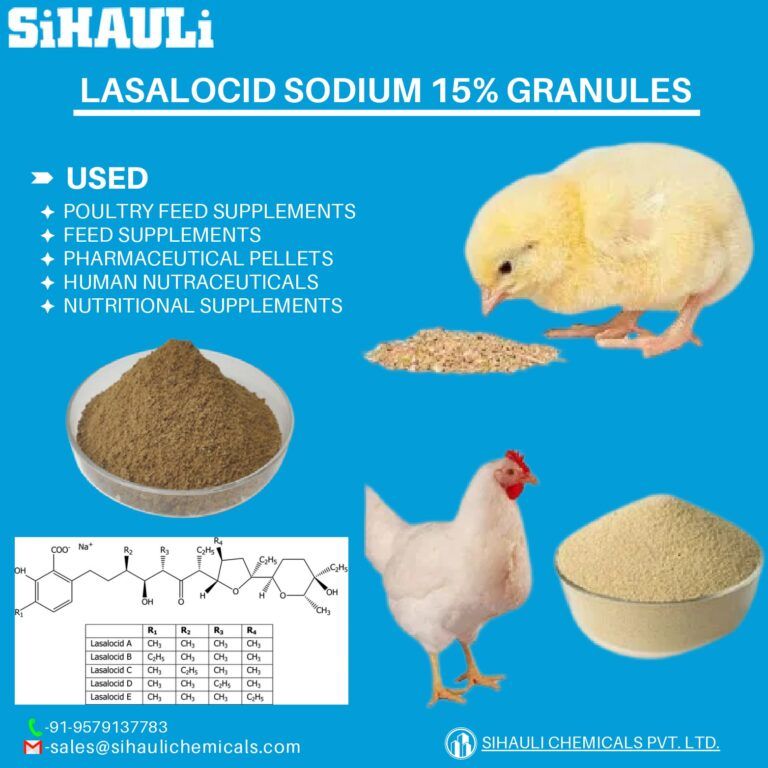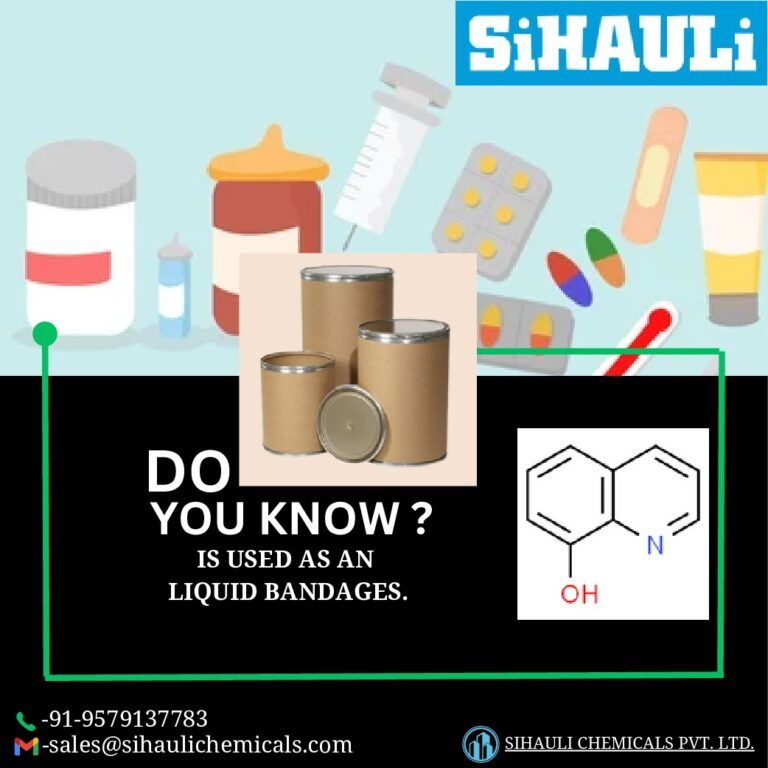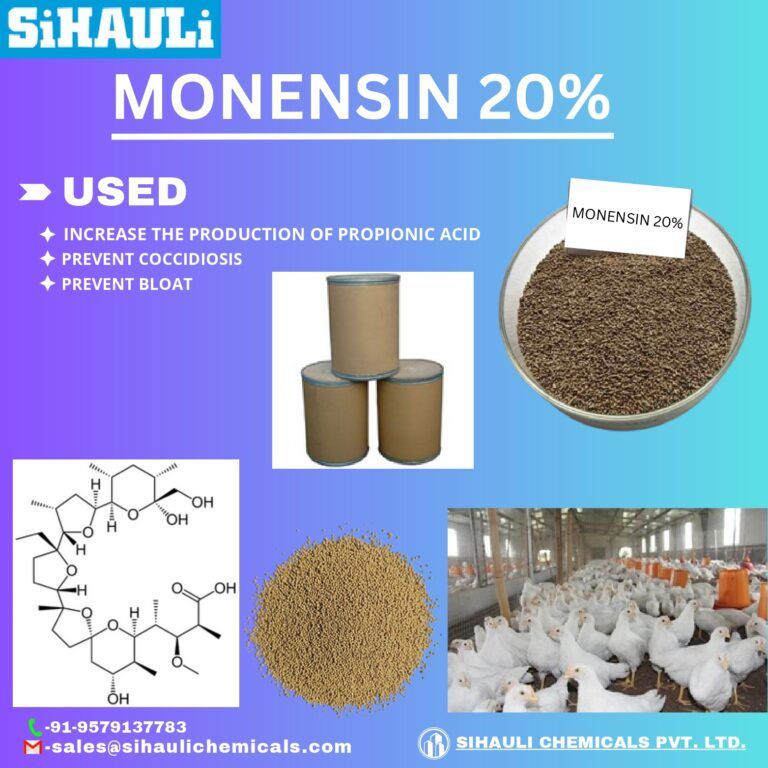8-Hydroxyquinoline is used as an antiseptic and disinfectant. Its alcoholic solution is used in liquid bandages. It is used to prepare tris(8-hydroxyquinolinato)aluminum, which finds application as a component of organic light-emitting diodes (OLED’s).
Antiseptics and disinfectants are both widely used to control infections. They kill microorganisms such as bacteria, viruses, and fungi using chemicals called biocides. Disinfectants are used to kill germs on nonliving surfaces. Antiseptics kill microorganisms on your skin.
Types of Disinfectants
There are many different types of disinfectants for use on surfaces. They are usually made for a specific purpose and are meant to be used a certain way because they don’t work equally well against all microbes. Most disinfectants don’t kill bacterial spores, for instance.
Disinfectants can contain the same types of chemicals as antiseptics but in higher concentrations. Disinfectants should not be used on your skin. Chemical disinfectants include:
- Alcohol
- Formaldehyde
- Glutaraldehyde
- Quaternary ammonium compounds
- Chlorine and chlorine compounds
- Iodophors
- Ortho-phthalaldehyde (OPA)
- Phenolics
- Hydrogen peroxide
- Peracetic acid
- Peracetic acid and hydrogen peroxide
Some other types of disinfectants include:
- Ultraviolet radiation
- Other germicides
- Pasteurization
- Metals as microbicides
- Flushing- and washer-disinfectors
Proper Use of Disinfectants
Disinfectants have to be used properly to be effective. The manufacturer will include instructions for proper use. Some factors that need to be considered are:
- If the disinfectant works against the microbe you’re targeting
- If the disinfectant is at the right concentration
- How long the disinfectant needs to remain on the surface
- The disinfectant’s expiration date
- Cleaning the area before you disinfect
- Proper pH level and water temperature
- Water hardness
- If the disinfectant is safe to use on the surface you’re disinfecting
- Precautions to protect yourself from hazards




